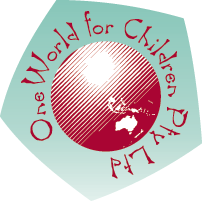About Art Therapy
Art therapy is a form of expressive therapy that uses the creative process of making art to improve a person’s physical, mental, and emotional well-being.
For children who may not be able to articulate thoughts, sensations, emotions or perceptions, it is one way to convey what may be difficult to express with words. It is also a sensory-based approach that allows the children to experience themselves and communicate on multiple levels—visual, tactile, kinaesthetic and more—and to not only be heard [talk], but also be seen via images [art].
Art therapy can aid a child in achieving better self-awareness, relief from stress or anxiety, learning disorders, autism, and other traumatic experiences. Through art therapy, children receive support and guidance that is based on their existing strengths, weaknesses, interests, and concerns.
Melissa takes the approach that all creative arts therapies are inherently relational therapies because they involve an active, sensory-based dynamic between practitioner and individual and emphasize the “right-hemisphere-to-right-hemisphere” connection between child and therapist. She applies the principles of positive attachment, attunement and reflexive convergence, the latter referring to the experience in which two individuals feel “felt” by each other and thus deeply understood and unconditionally accepted.
Art therapy is not just “arts and crafts” or even its first cousin, the ubiquitous colouring book. Art created within the context of a therapeutic relationship is intended to help young clients not only to engage in self-exploration, it also involves purposeful meaning-making through specific art making.
Neurobiology continues to inform mental health professionals about why specific art-based activities, within the context of therapy can be helpful to children in improving mood, sensory integration, and calming the body and mind.






